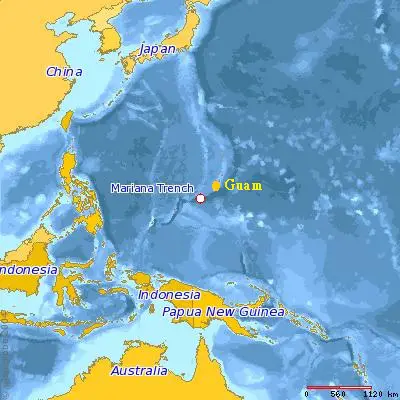AltaGas Ltd.(AltaGas) celebrates grand opening of Ridley Island Propane Export Terminal (RIPET), located in Prince Rupert, British Columbia. It is the first marine export facility for propane in Canada. The facility began in mid-April and introduced propane feedstock. The first shipment departed the terminal on May 23, 2019 bound for Asia.
“The completion of this game-changing project and the shipment of our first cargo are historic milestones for AltaGas, as well as for our project partners, customers, local Indigenous Peoples, surrounding communities, and western Canada’s upstream energy sector,” said Randy Crawford, AltaGas’ President and Chief Executive Officer. “With RIPET now operational, we can offer producers a uniquely complete solution for their propane, providing premium netbacks and market optionality, while also positioning AltaGas to profitably grow our Midstream footprint – a true win-win for AltaGas and our customers.”
RIPET allows AltaGas to leverage the strength of its assets along the energy value chain in western Canada – from gas gathering and processing, to liquids handling, fractionation and export – by attracting increasing volumes and enhancing throughput. The ability to provide access to premium overseas markets, where demand for cleaner fuels is growing, is anticipated to be a significant catalyst for further growth within AltaGas’ Midstream business.
“RIPET signals to our customers overseas that Canada can deliver on energy exports, and the facility will make significant long-term contributions to international trade, support economic growth in northern B.C., and provide immediate access to clean-burning fuel in Asian markets, where demand is particularly strong,” said Mr. Crawford. “We’ve been extremely fortunate to work with a collaborative and experienced joint-venture partner in Royal Vopak and an extraordinary customer in Astomos.”
In 2017, AltaGas entered a multi-year agreement with Astomos Energy Corporation, a Japanese propane importer and distributor, to purchase at least 50 percent of the propane shipped from RIPET annually. RIPET provides producers and customers with a significant locational advantage given comparatively short shipping distances to markets in Asia – notably a 10-day shipping time from Canada’s West Coast compared to 25 days from the U.S. Gulf Coast.
“The ability to import Canadian propane is a significant advantage for Japan, as it provides greater energy security and supply diversification, while also enabling Canada to maximize the value of its natural resources,” said Seiya Araki, President of Astomos Energy Corporation. “This first-of-its-kind project demonstrates to the world what can be achieved through effective partnerships between Canadian and Japanese companies, and will ultimately benefit both countries for decades to come.”
RIPET is expected to ship approximately 1.2 million tonnes of propane annually to customers in Asia. Asia is the world’s largest importer of LPG, with about 24 million households using propane for heating and cooking in Japan alone. Propane is also an important feedstock for the petrochemical industry, and fuels nearly 25 million vehicles worldwide.
Throughout the design and construction of RIPET, AltaGas worked closely with local Indigenous Peoples, communities and all levels of government to develop opportunities for economic and social development, skills training, and emergency response preparedness. The project provided more than 200 jobs during the construction phase, and will provide up to 40 additional permanent jobs for the local economy now that the facility is operational. AltaGas also worked closely with emergency responders in Port Edward and Prince Rupert, providing training and financial support to ensure the safety of nearby communities.
RIPET is owned by a joint venture between AltaGas (as to a 70 percent interest) and a Canadian subsidiary of Royal Vopak (as to a 30 percent interest). Royal Vopak is one of the world’s leading independent tank storage companies, with significant experience in marine terminals worldwide. Pursuant to the arrangement, AltaGas has the right to 100 percent of the capacity of RIPET.
“We are very excited about this important milestone in our good and strategic partnership with AltaGas. AltaGas is a well-respected Canadian company with experience in developing energy projects, while storage and handling of gas is an important strategic focus area for Vopak. This export facility opens market access for western Canadian producers to Asia, a premium market for propane,” said Eelco Hoekstra, Chairman of the Executive Board and CEO of Royal Vopak.
Reference: altagas.ca
from WordPress https://www.maritimemanual.com/grand-opening-of-canadas-first-lpg-marine-export-facility/
 Collaborative Operations Centers network. Seven global Collaborative Operations Centers connect into shipboard sensors to monitor the equipment onboard and support remote preventive and even predictive maintenance as part of ABB’s ‘Electric. Digital. Connected.’ approach.
Collaborative Operations Centers network. Seven global Collaborative Operations Centers connect into shipboard sensors to monitor the equipment onboard and support remote preventive and even predictive maintenance as part of ABB’s ‘Electric. Digital. Connected.’ approach.